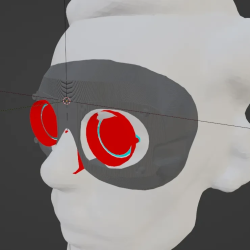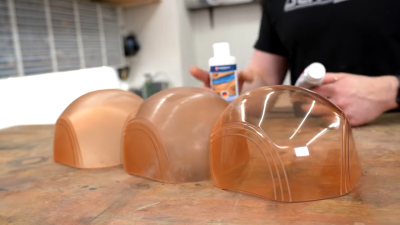[Christina Ernst] executed a fantastic idea just in time for Halloween: her very own Remy the rat (from the 2007 film Ratatouille). Just like in the film Remy perches on her head and appears to guide her movements by pulling on hair as though operating a marionette. It’s a great effect, and we love the hard headband used to anchor everything, which also offers a handy way to route the necessary wires.
 Behind Remy are hidden two sub-micro servos, one for each arm. [Christina] simply ties locks of her hair to Remy’s hands, and lets the servos do the rest. Part of what makes the effect work so well is that Remy is eye-catching, and the relatively small movements of Remy’s hands are magnified and made more visible in the process of moving the locks of hair.
Behind Remy are hidden two sub-micro servos, one for each arm. [Christina] simply ties locks of her hair to Remy’s hands, and lets the servos do the rest. Part of what makes the effect work so well is that Remy is eye-catching, and the relatively small movements of Remy’s hands are magnified and made more visible in the process of moving the locks of hair.
Originally Remy’s movements were random, but [Christina] added an MPU6050 accelerometer board to measure vertical movements of her own arm. She uses that sensor data to make Remy’s motions reflect her own. The MPU6050 is economical and easy to work with, readily available on breakout boards from countless overseas sellers, and we’ve seen it show up in all kinds of projects such as this tiny DIY drone and self-balancing cube.
Want to make your own Remy, or put your own spin on the idea? The 3D models and code are all on GitHub and if you want to see more of it in action, [Christina] posts videos of her work on TikTok and Instagram.
[via CBC]




















